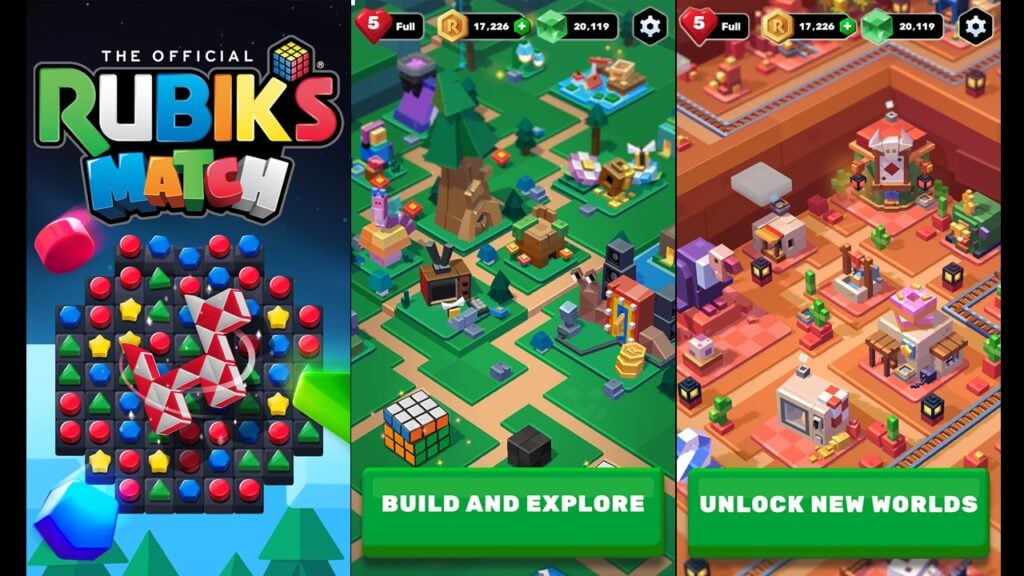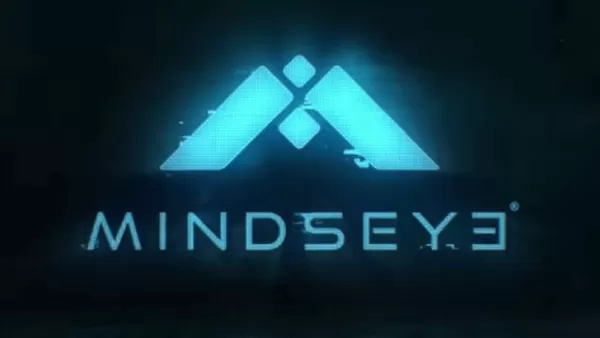Game Developer's Walking Dead in Fortnite: A New Era for Studios
The games industry has faced significant challenges recently, with layoffs, studio closures, and funding issues becoming all too common. Enrique Fuentes, CEO and co-founder of Teravision Games, experienced these difficulties firsthand following the release of their game, Killer Klowns From Outer Space. Despite positive reception and high engagement with the game's trailers, Teravision struggled to secure a follow-up project in the tough 2024 market, despite their collaborations with major names like Disney, Nickelodeon, and Xbox.
In response to these challenges, Teravision pivoted to a new approach: developing games within Fortnite using Unreal Engine for Fortnite (UEFN). This strategy allowed them to release three games within a year, with their fourth game, Courtyard King, launching today. Courtyard King is a King of the Hill style multiplayer PvPvE game set in the iconic prison location from The Walking Dead. It is made in collaboration with Skybound, the company co-founded by The Walking Dead creator Robert Kirkman, and utilizes official The Walking Dead assets, including characters like Rick Grimes, Negan, and Daryl Dixon. The game's narrative was crafted with input from Skybound's writers, adding depth and authenticity to the experience.
The shift to UEFN allowed Teravision to produce games much more quickly than traditional development cycles. Fuentes explains, "Instead of a multi-year project like Killer Klowns From Outer Space, these are projects that we could put together in weeks or months." This rapid development model is part of a broader trend in gaming, where user-generated content (UGC) is becoming increasingly influential. Platforms like Fortnite and Roblox are driving this trend, though UGC by professional studios like Teravision represents a newer approach.
Teravision's first foray into UEFN was Havoc Hotel, a roguelike shooter that became a modest success and evolved into a popular series within Fortnite. The studio's familiarity with Unreal Engine, used for Killer Klowns, facilitated a smooth transition to UEFN. Game designer Martin Rodriguez notes that the streamlined nature of UEFN allowed the team to focus on creativity and game design, rather than technical challenges.
The creative director, LD Zambrano, highlights the unique nature of UEFN games, which often prioritize context and player interaction over traditional competitive structures. Courtyard King exemplifies this approach with its infinite gameplay model, where matches have no definitive end, allowing players to join and leave at will, and even switch teams, fostering dynamic and unpredictable gameplay.
For Teravision, this new model not only allowed them to continue operating but also to thrive. Fuentes sees UEFN as a viable path for indie developers, enabling them to take risks and innovate without the burden of long development cycles. "This is now a viable model where you can actually support an 80-person studio like we do, and we can assume the risk," he states. This approach represents a significant shift in the industry, offering a promising future for developers willing to embrace new technologies and platforms.
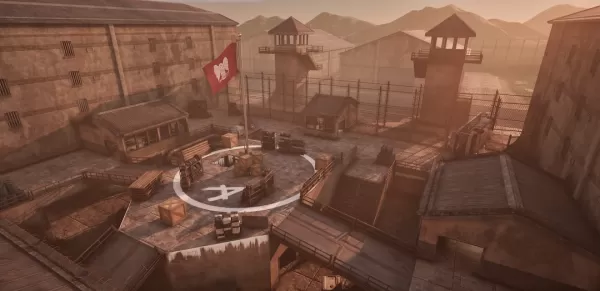
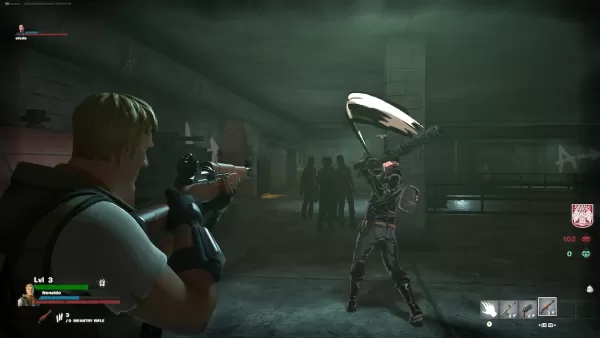
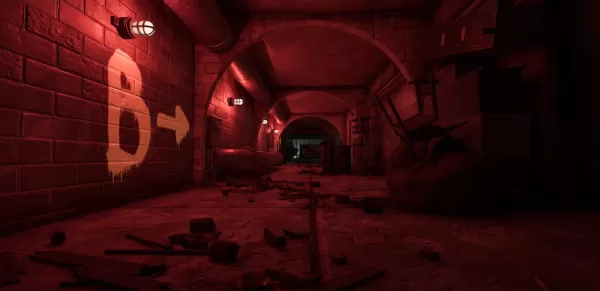
-
1
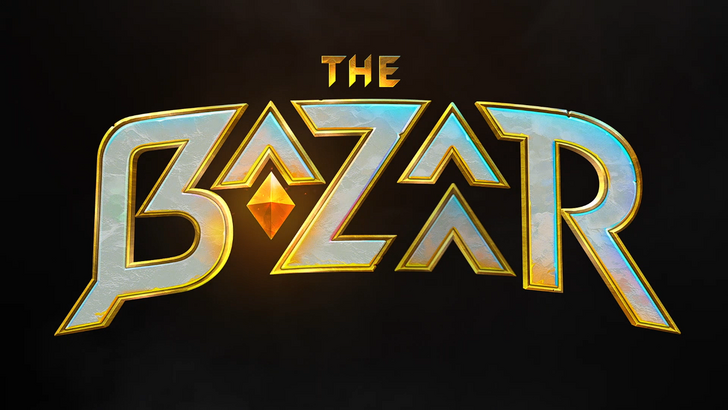
Announcing the Bazaar Release: Date and Time Unveiled
Feb 02,2025
-
2

Marvel Rivals Update: News and Features
Feb 19,2025
-
3

GTA 6 Release: Fall 2025 Confirmed
Feb 23,2025
-
4

Novel Rogue Decks Android Debut
Feb 25,2025
-
5
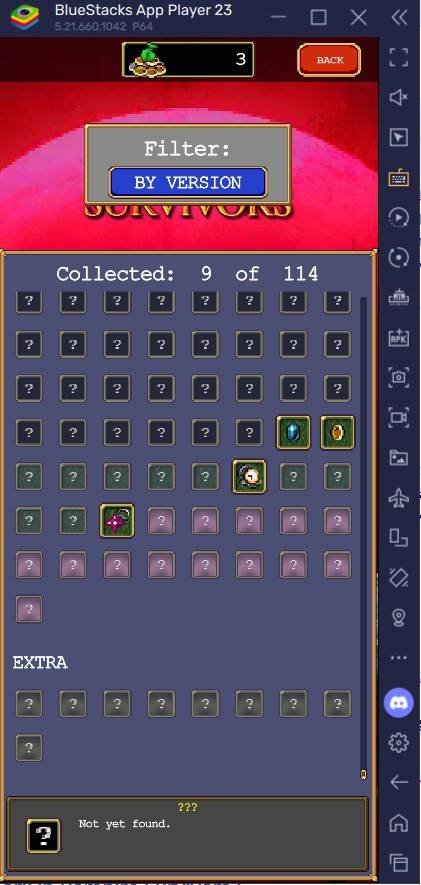
Vampire Survivors – Arcana Card System Guide and Tips
Feb 26,2025
-
6
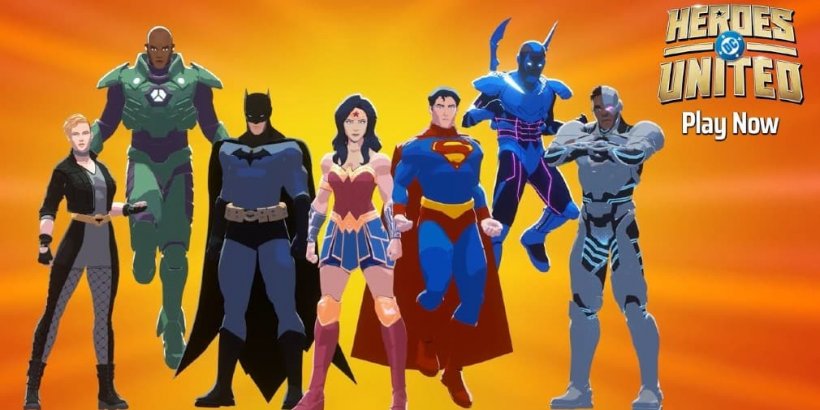
DC Heroes Unite: New Series from Silent Hill: Ascension Creators
Dec 18,2024
-
7
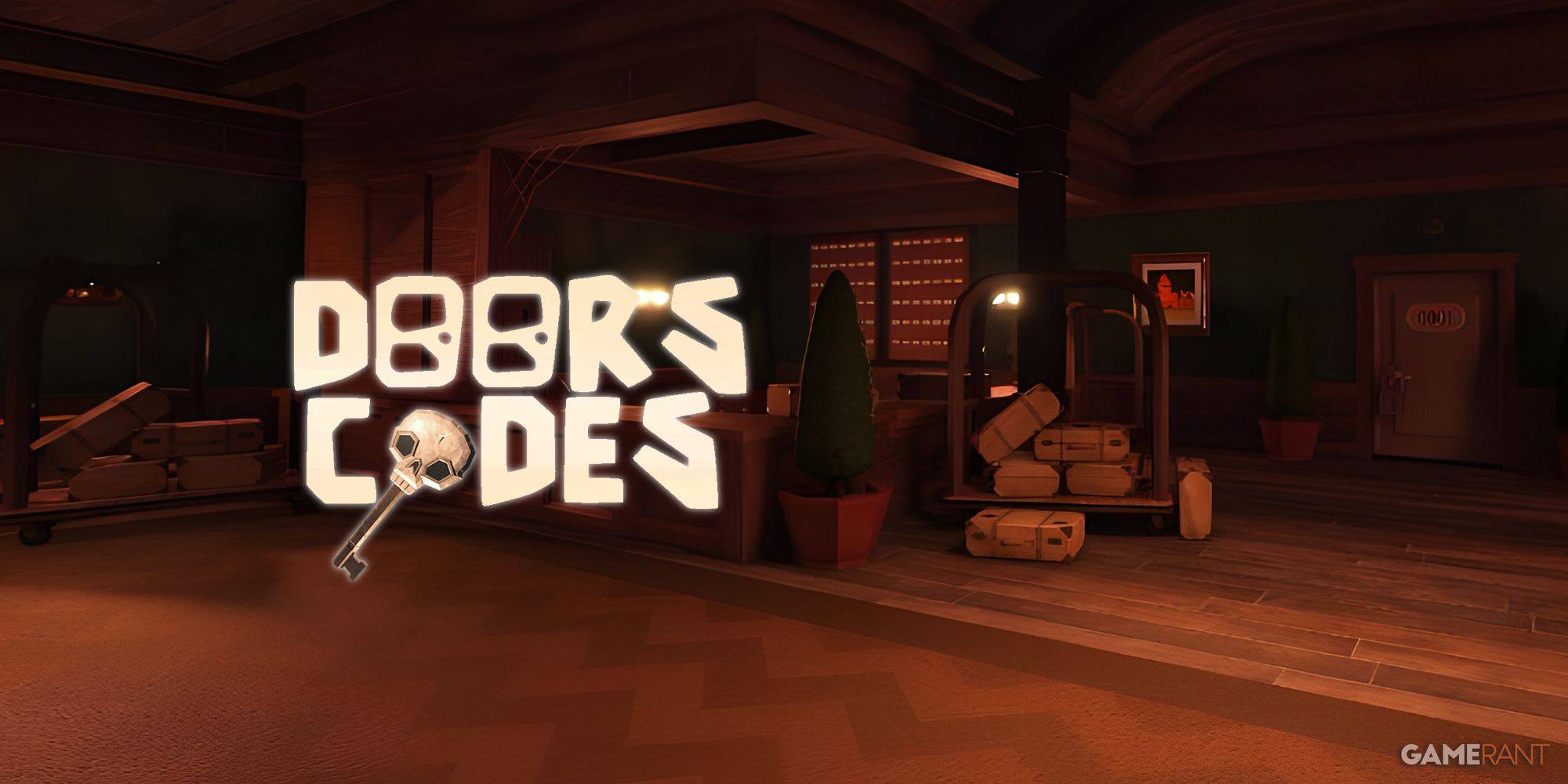
Get Exclusive Roblox DOORS Codes for January 2025
Feb 10,2025
-
8

Marvel Rivals Unveils Season 1 Release Date
Feb 02,2025
-
9
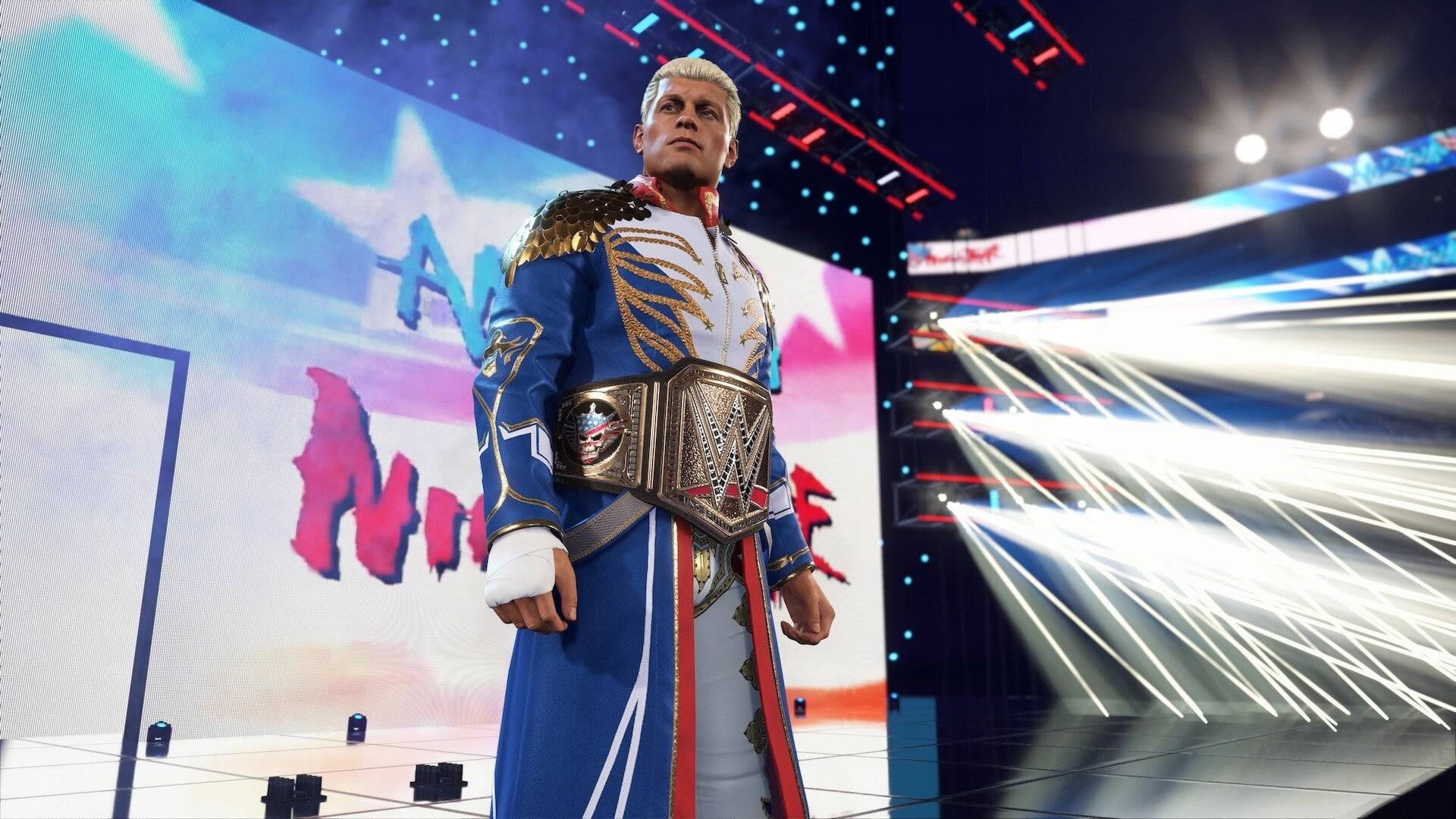
WWE 2K25: Long-Awaited Return
Feb 23,2025
-
10

Anime Fate Echoes: Get the Latest Roblox Codes for January 2025
Jan 20,2025
-
Download

Street Rooster Fight Kung Fu
Action / 65.4 MB
Update: Feb 14,2025
-
Download

Ben 10 A day with Gwen
Casual / 47.41M
Update: Dec 24,2024
-
Download

A Simple Life with My Unobtrusive Sister
Casual / 392.30M
Update: Dec 10,2024
-
4
Mega Jackpot
-
5
Day by Day
-
6
The Lewd Knight
-
7
Translate - Voice Translator
-
8
VPN Qatar - Get Qatar IP
-
9
Chewy - Where Pet Lovers Shop
-
10
Kame Paradise

